12 hints for safety in the rowing boat
Hint 1
Use boat material suitable for the water. C-boats on fjord trips or on large lakes are unsuitable.
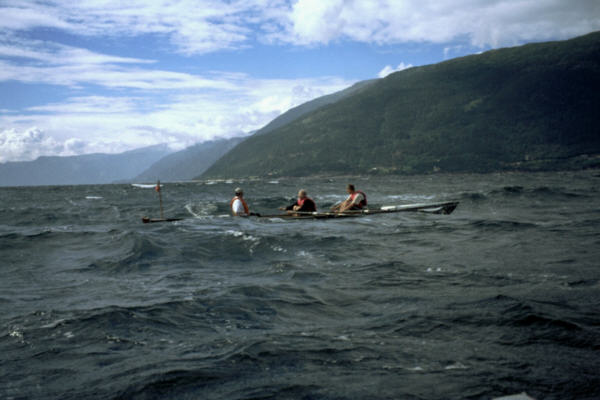
Hint 2
If possible, do not row with luggage in the boat on critical waters. As this allows the boat to dive deeper and reduce wave action.
Hint 3
If waves hit the boat several times, moor if possible and empty the boat. Because of the water that has been taken over, the boat lies lower and the next waves have an easier time getting into the boat.
Hint 4
The cox and crew should have appropriate experience. Referee’s licenses according to DRV Obmann guidelines or Danish Langtuur-Styrmand are strongly recommended.
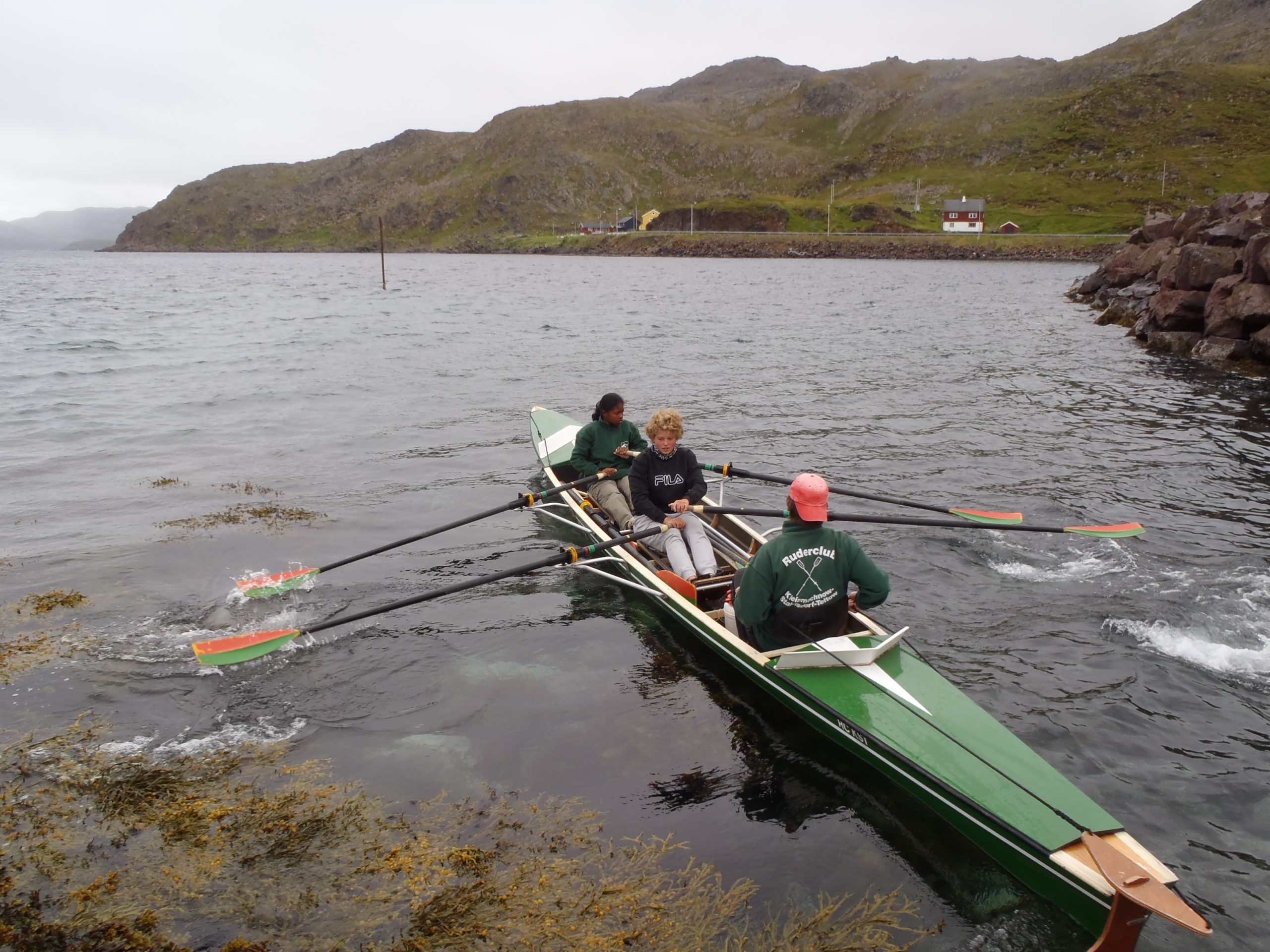
Hint 5
The crew must be strong enough to move the boat forward in adverse conditions to keep it manoeuvrable.
Hint 6
Use the experience of other rowers when planning your trip to be aware of possible risks. At rudern.de or wanderrudern.de you will find useful information about foreign waters.
Hint 7
Boats should be fitted with bow and stern covers on critical waters. In combination with bulkheads, this results in fully enclosed bow and stern spaces, which provide additional buoyancy.
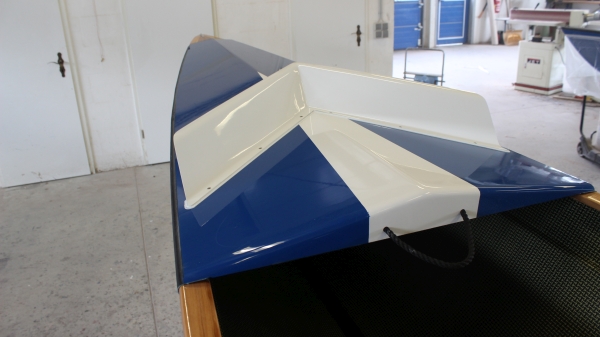
Hint 8
Closed buoyancy bodies under the slides provide an additional safety reserve, but alone they are not enough to keep the boat and crew on the surface when full. The closed bow and stern rooms are necessary for this (see 7). According to Archimedes, 1 liter of enclosed air = 1 kg of buoyancy.
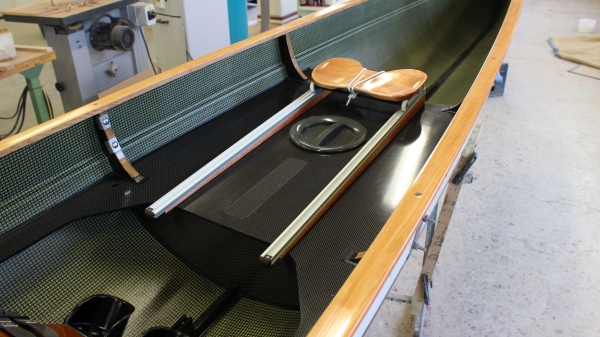
Hint 9
Drainage flaps allow a half-full boat to be emptied while underway. However, they do not help if massive amounts of water continue to penetrate the boat from above.
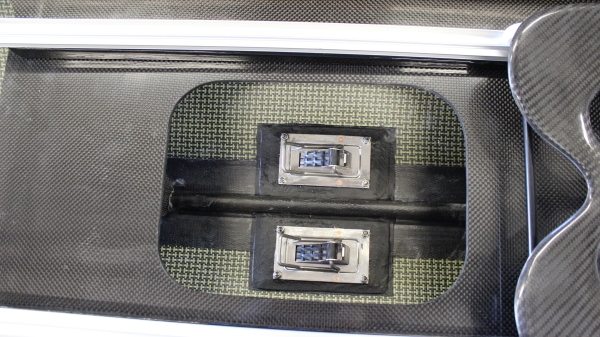
Hint 10
Life jackets in the rowing boat make sense on critical waters. On a number of coastal waters (e.g. Norway, Denmark) there is an obligation to take your boat with you.

Hint 11
Baggage in the air boxes reduces the function of the air boxes, since the total weight to be carried increases accordingly and the proportion floating above water is therefore reduced.
Hint 12
Finally, the insight that not every body of water is suitable for rowing in every weather. Sometimes you have to let it be and wait for improvement.